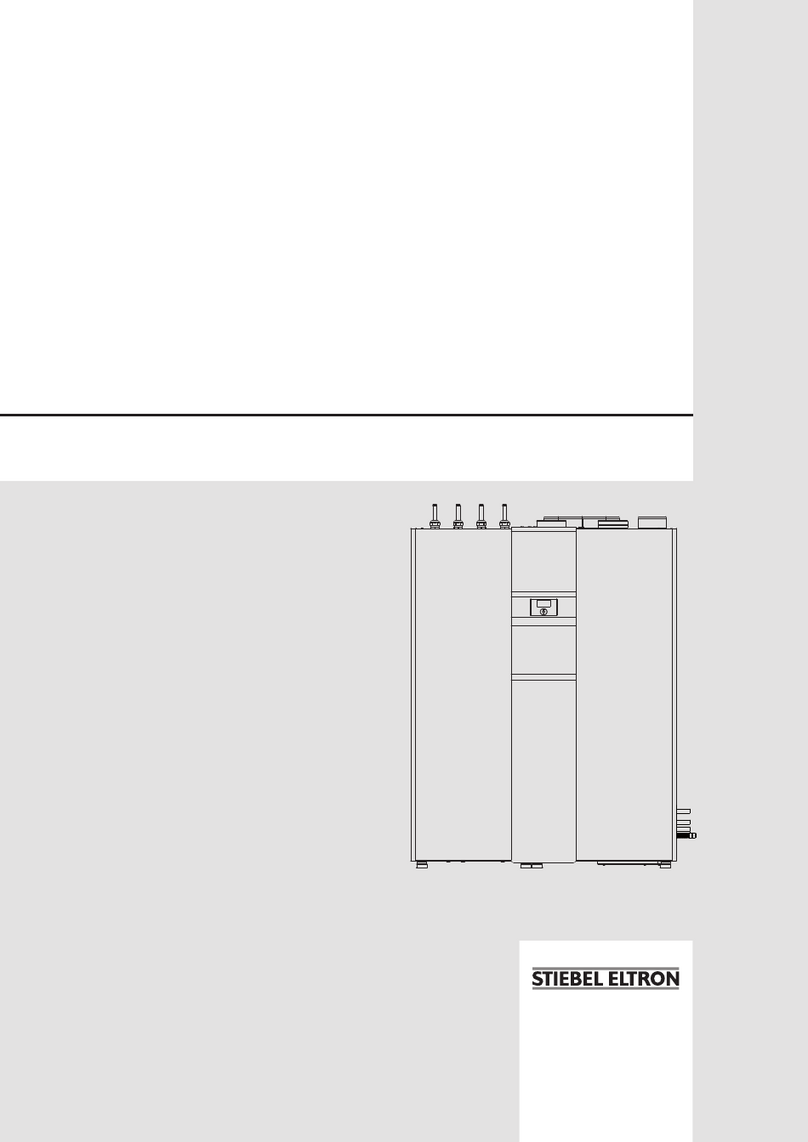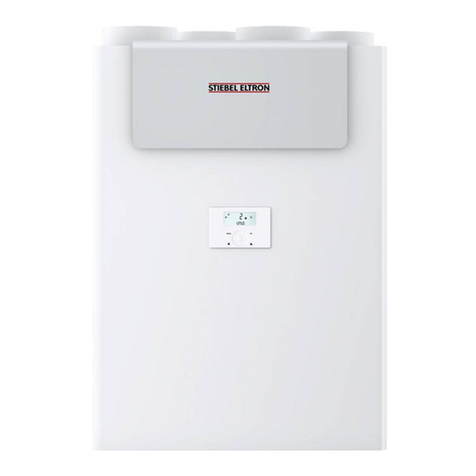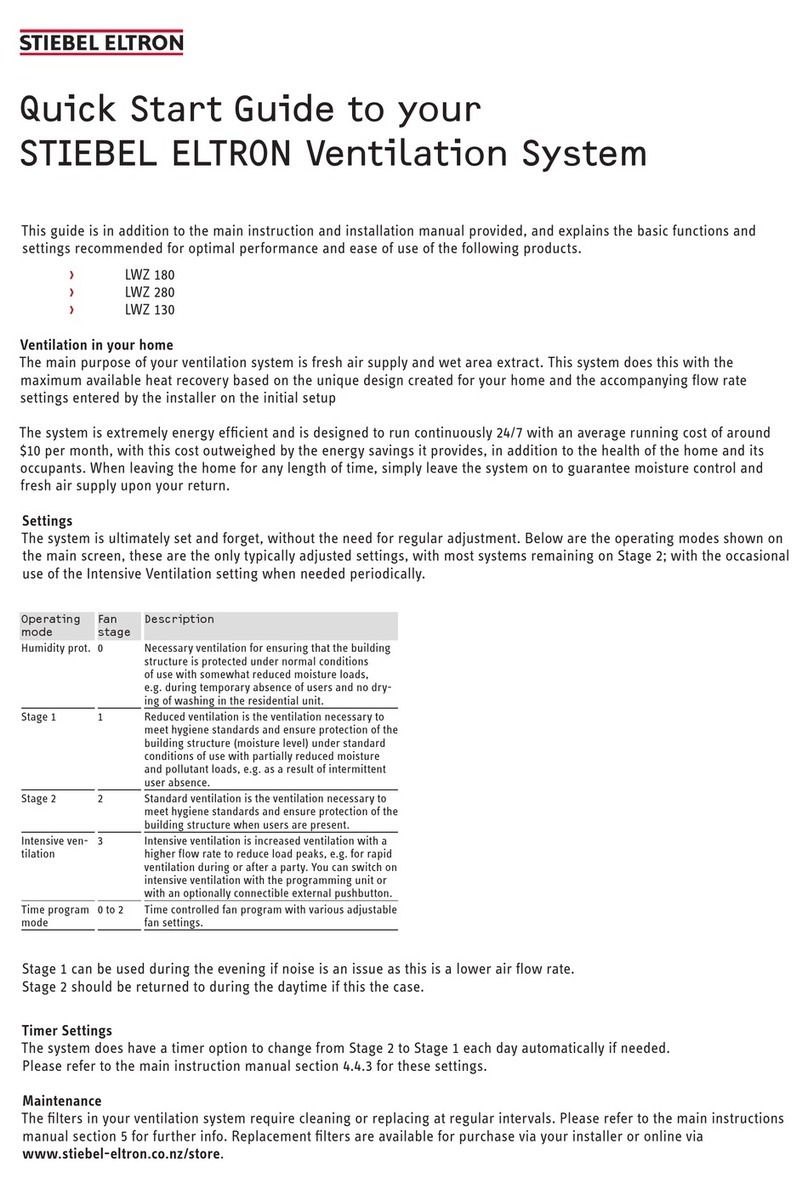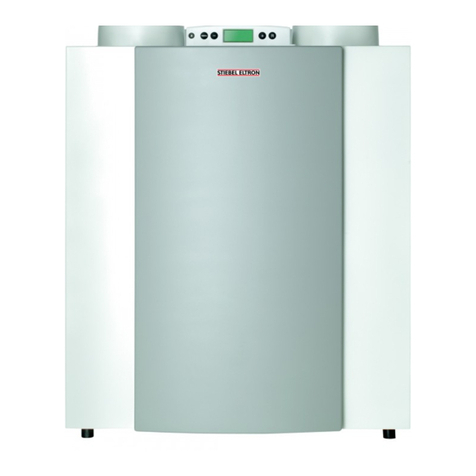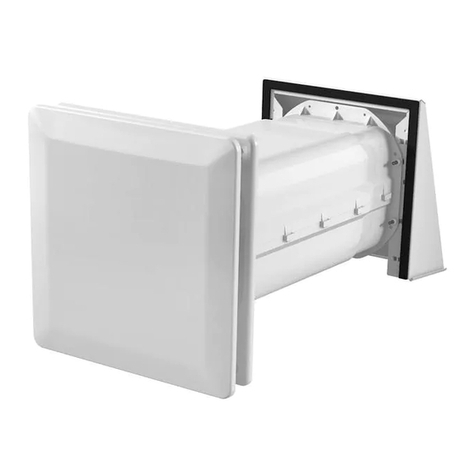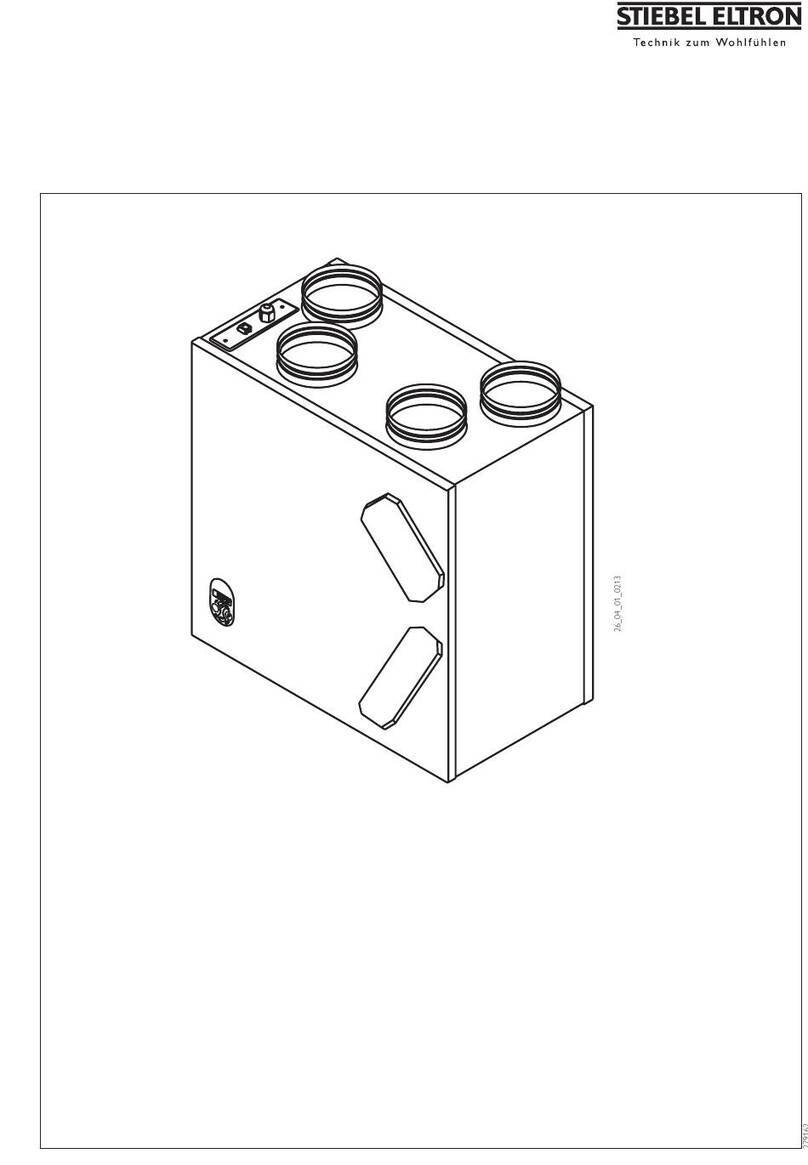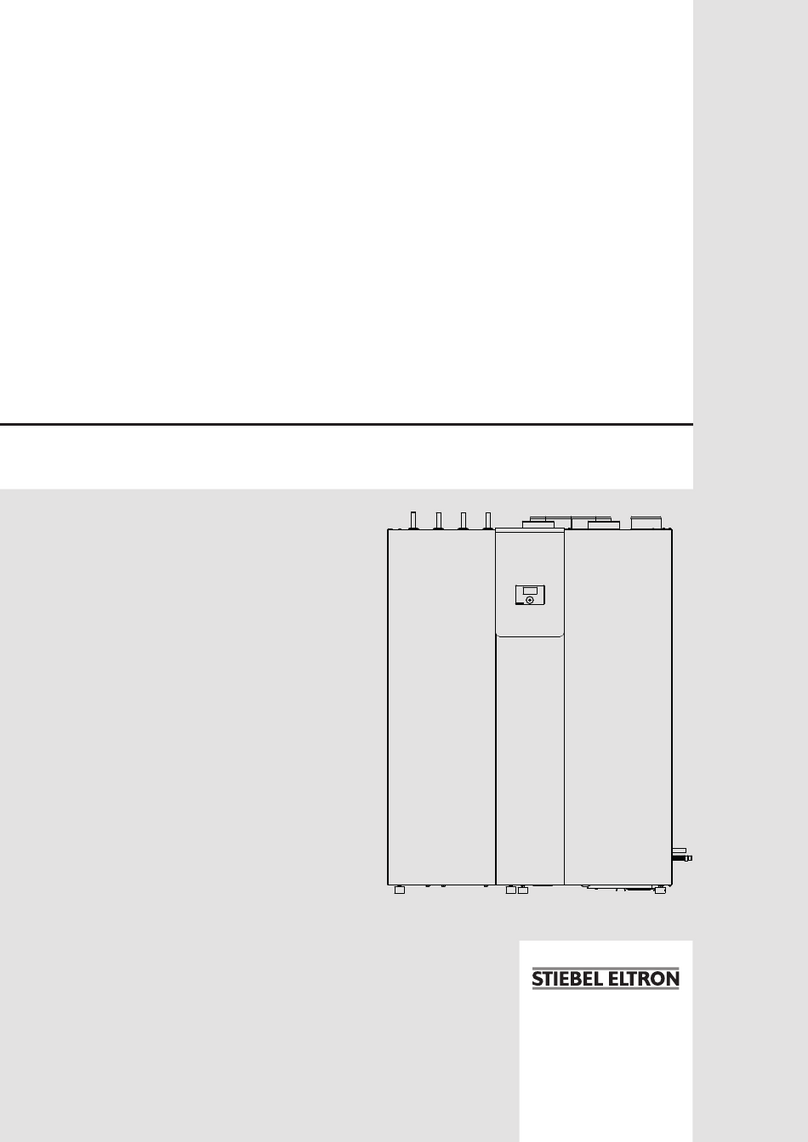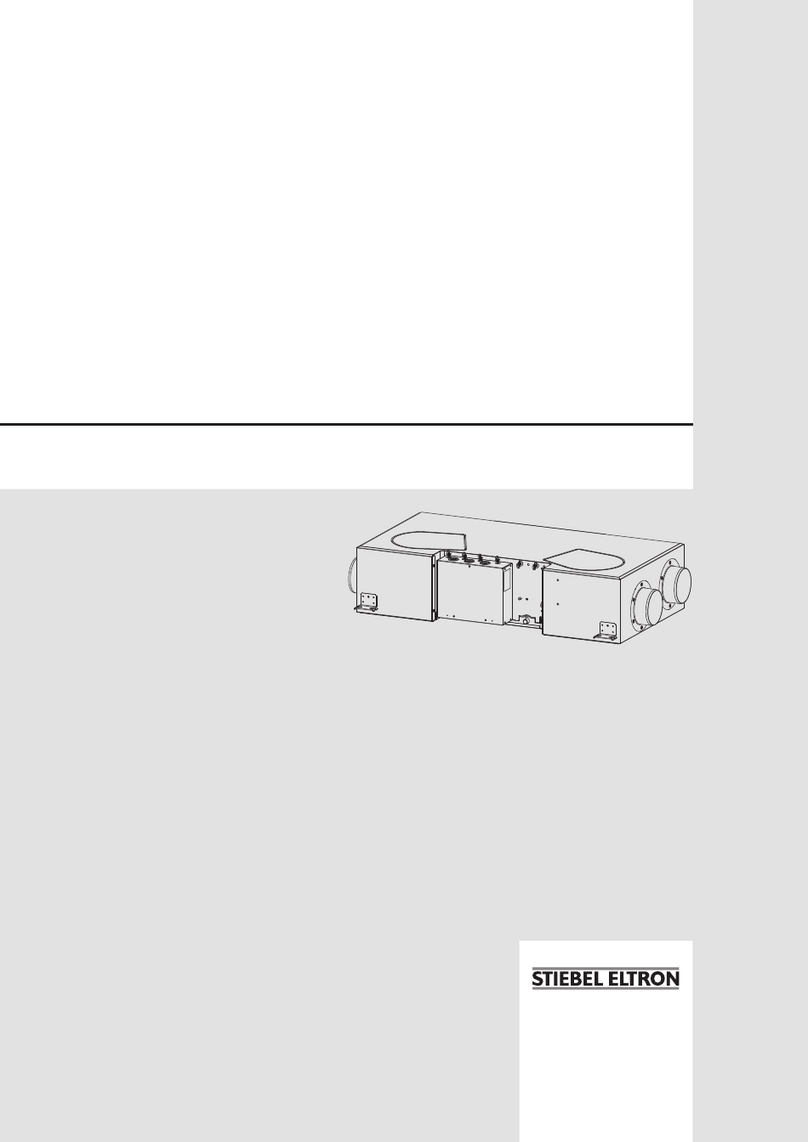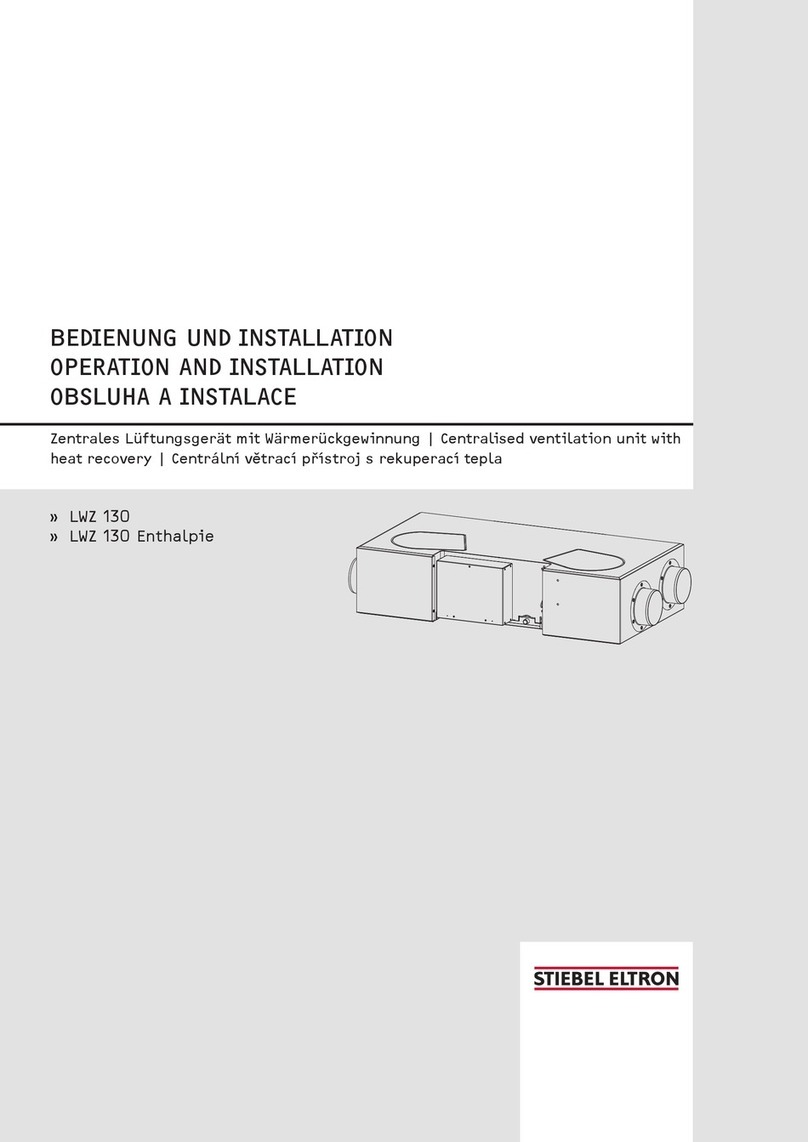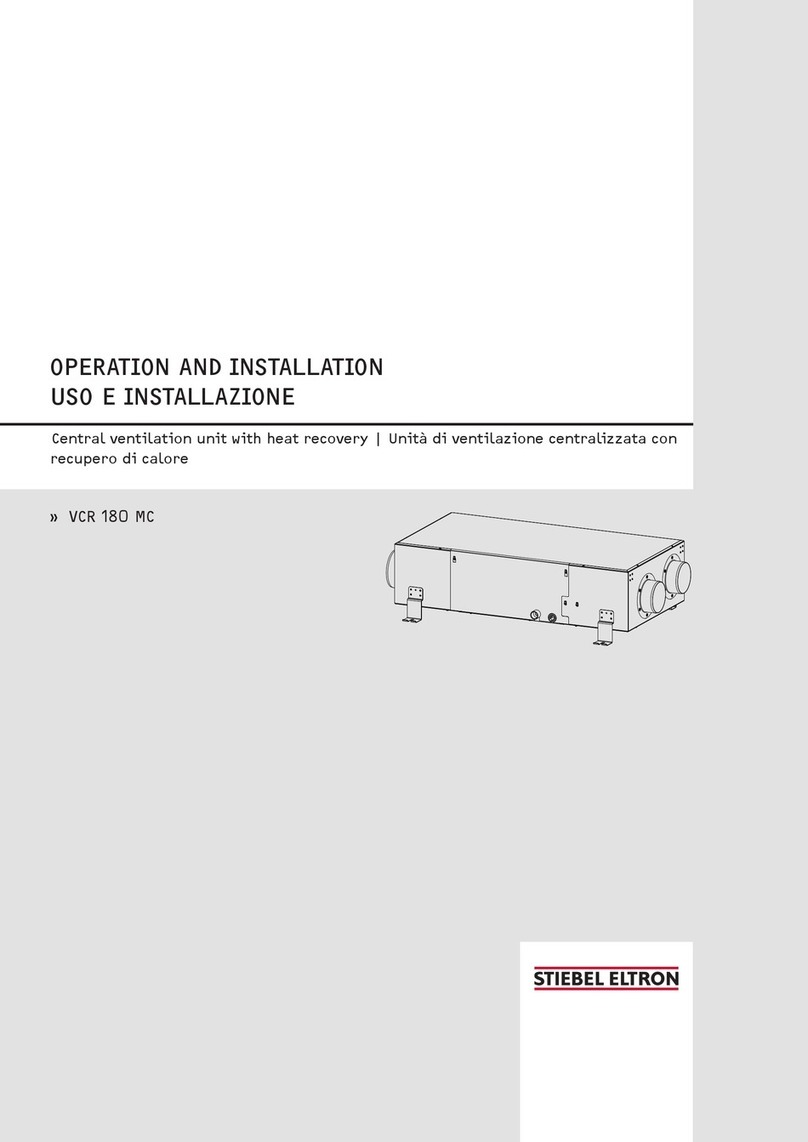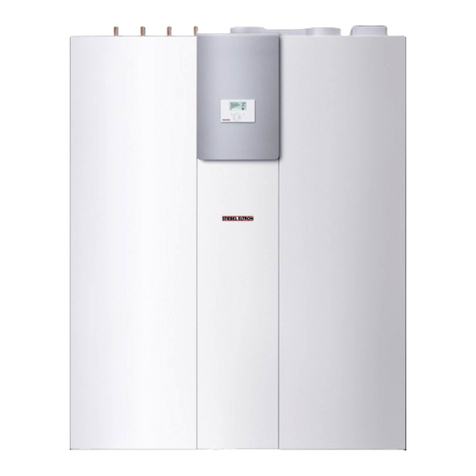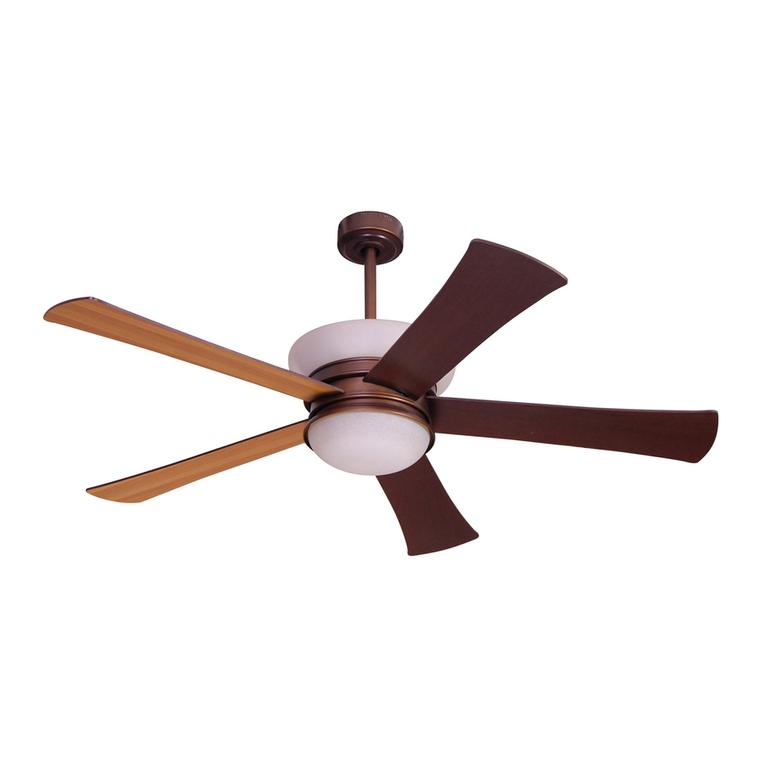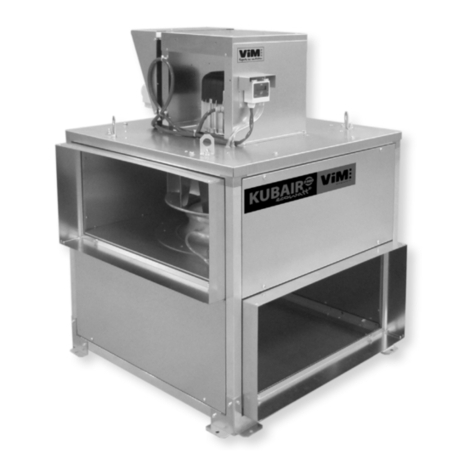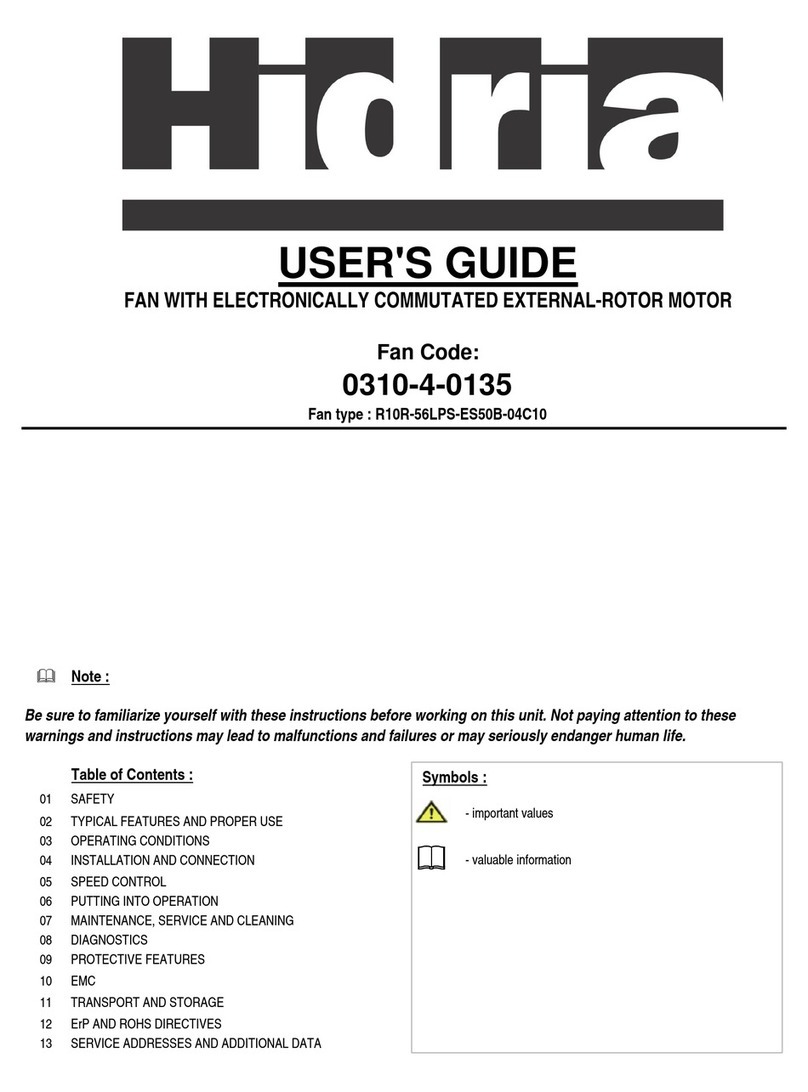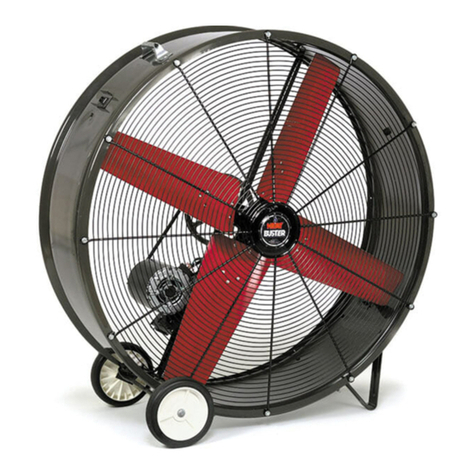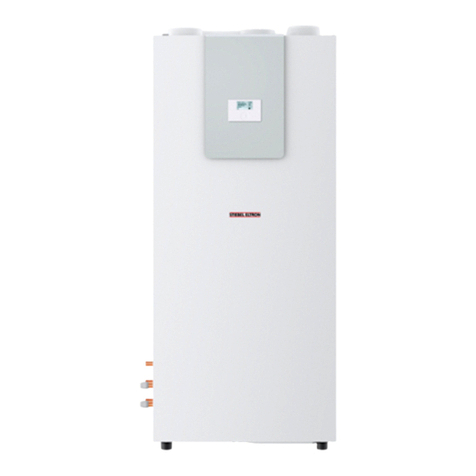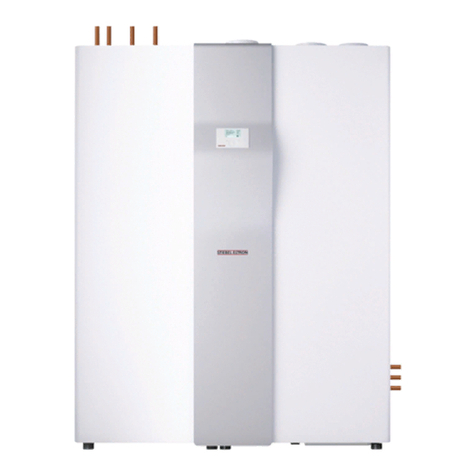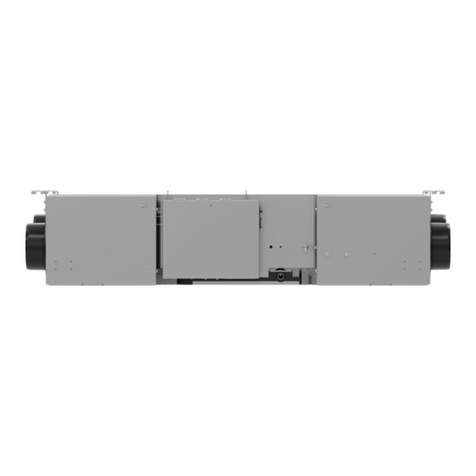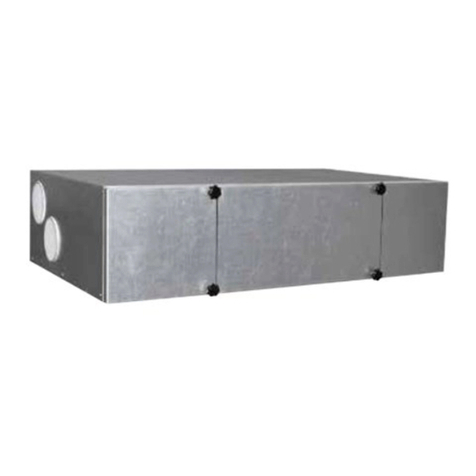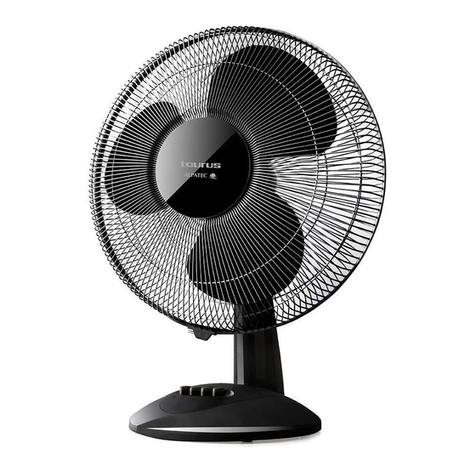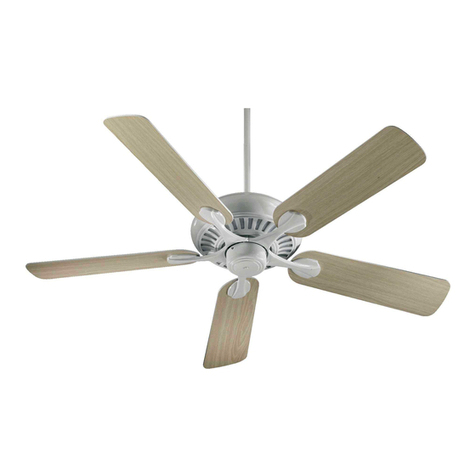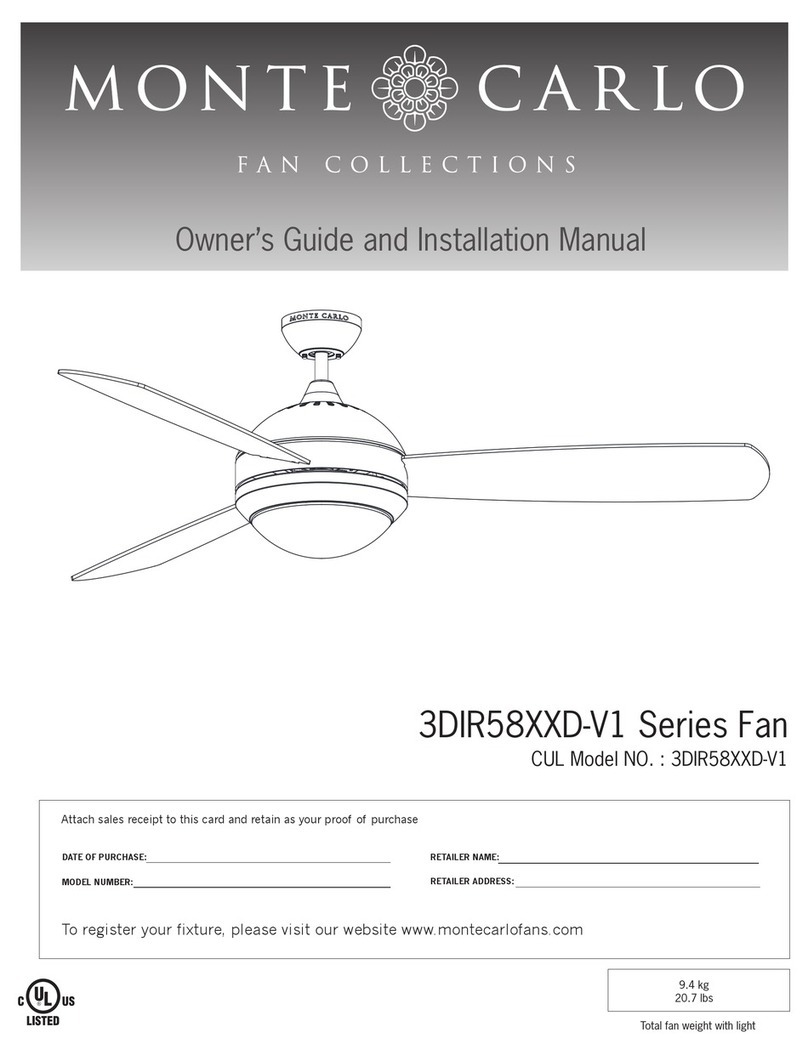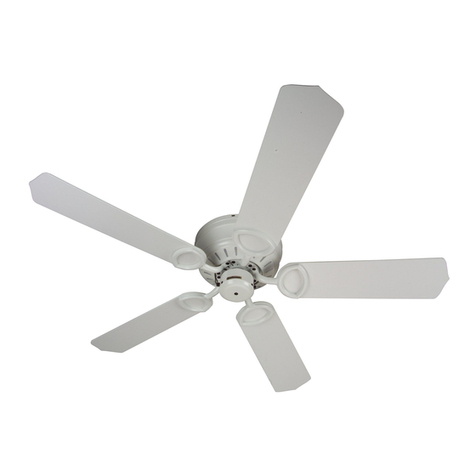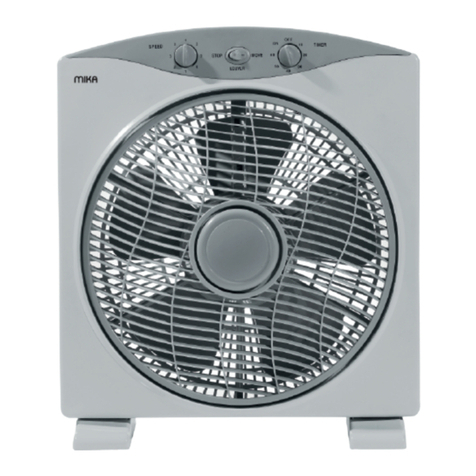
3
1.5 Operation
The operation is split over three control levels.
Control levels 1 and 2 are accessible to users
and contractors alike. Control level 3 is only
designed for qualified contractors.
Control level 1 (control flap closed)
Here, you can adjust the operating modes,
such as standby mode, automatic mode,
constant day or setback mode, etc.
Control level 2 (control flap open)
Here, you can adjust the system parameters,
such as room temperatures, DHW
temperatures, heating programs, etc.
Control level 3 (for contractors only)
This level is protected by a code and should
only be used by contractors. Here, you can
determine the specific details regarding the
ventilation equipment and heating system.
Do not change any system-specific settings
at the control unit. Your contractor has
set the control unit specifically to suit the
conditions of your home and to your personal
requirements.
Vital facts in brief
Settings
All settings follow the same pattern:
Opening the
control flap toggles the
LZM II into programming mode. A symbol
is shown at the bottom of the display at
system parameter ROOM TEMP 1.
Turning the rotary selector allows you
to move the indicator to the parameter you
want to change.
Press to change the value of the
parameter. Whenever the red indicator
above illuminates, you can modify the
current value by turning the rotary selector
. Press again; the illuminator then
extinguishes and the new set value has been
saved. You can modify further values for this
parameter by pressing if the red indicator
has not been extinguished above . The
programming step can only be terminated
when the red indicator has extinguished.
Terminating the programming process
You can terminate the process after entering
and saving the required parameter changes
by closing the control flap. However, if you
want to make further changes, turn the
rotary selector until the display shows
BACK, then press This will return you
to the previous level. Closing the control
flap with illuminated indicator above
returns the LZM II into its original state. The
modified value will then not be saved.
During commissioning, a system
check will be implemented, e.g.
all sensors that are currently connected
are displayed upon request. Sensors not
connected before the system goes ‘live’
are not registered by the LZM II and are
therefore not displayed. The indicator
symbol skips that parameter.
1.4 Important information
During commissioning or after the heat-up
program has terminated, the LZM II display
shows "Waiting for IBN". The DHW and the
ventilation programs are switched OFF and
the compressor will be blocked. The electric
booster stages are only used to ensure frost
protection.
Only the emergency operating mode can be
selected.
You can only select the required operating
mode after setting the controller to
emergency mode.
Never
use extracted air loaded with grease,
explosive gases, dust or adhesive
aerosols
connect cooker hoods to the ventilation
system
heat liquids other than DHW or heating
water
install the equipment
a) outside
b) in rooms where there is a risk of
frost
c) in wet areas, e.g. bathrooms
operate the equipment
a) without expelled air and extract
air ducts
b) without decentralised
ventilation elements
c) without ventilation function
d) with an empty cylinder
e) without minimum circulation
volume
f) during building work
(ventilation and heat pump)
Risk of injury
Where children or persons with
limited physical, sensory or mental capa-
bilities are to be allowed to control this
appliance, ensure that this will only happen
under supervision or after appropriate in-
structions by a person responsible for their
safety.
Children should be supervised to ensure
that they do not play with the appliance.



